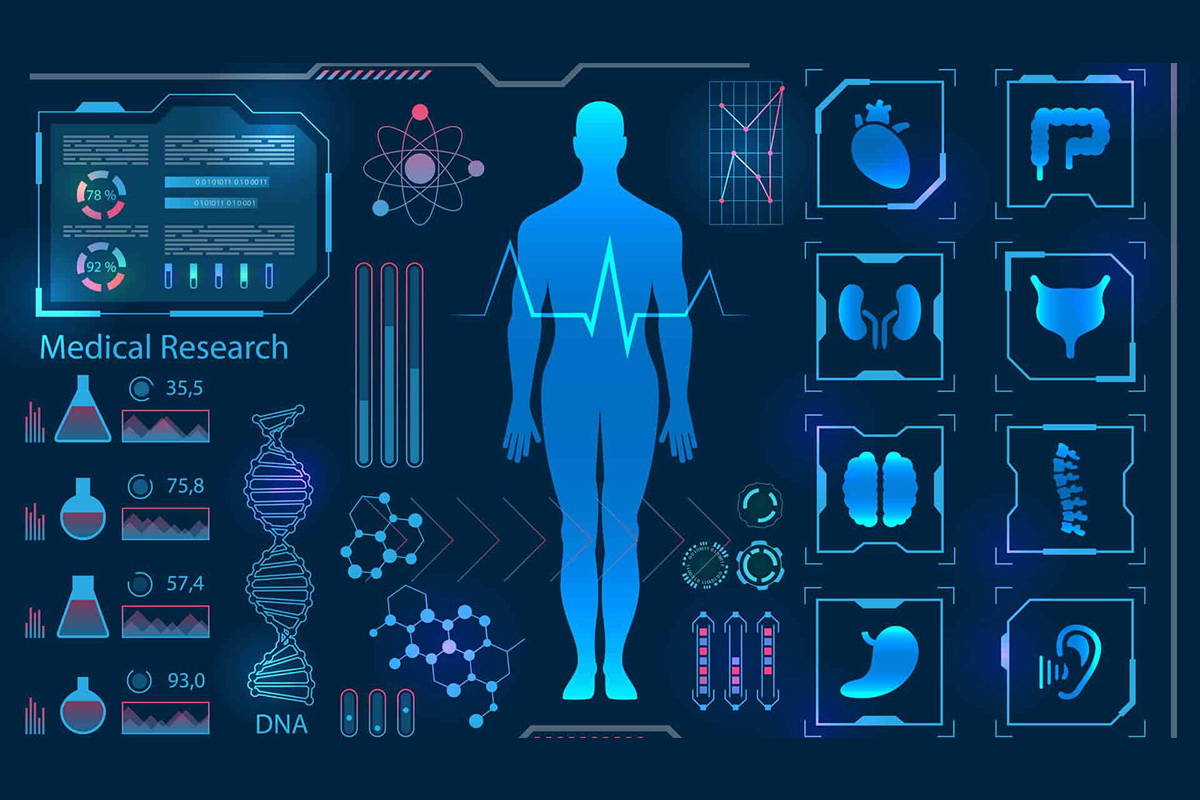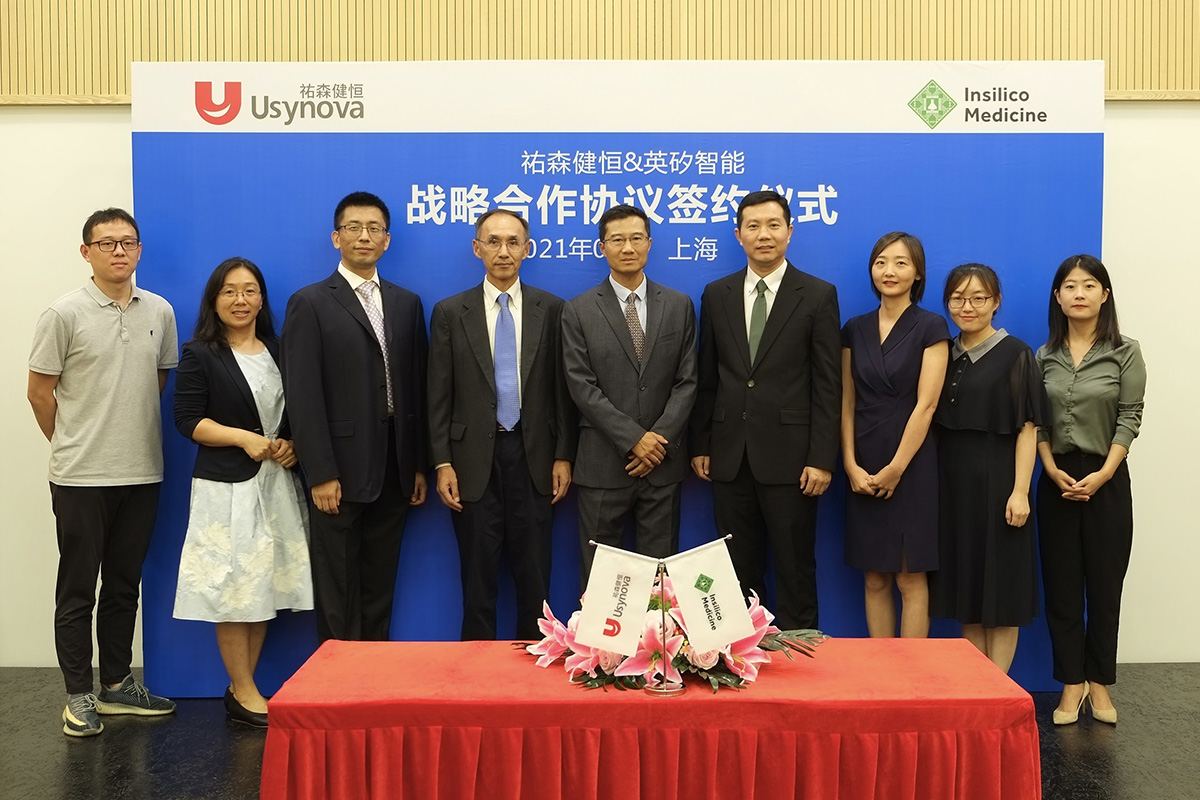With the evolving landscape of the global automotive industry, Cango Inc. (NYSE: CANG) (“Cango” or the “Company”) is issuing a bi-monthly industry insight called “CANGO Auto View” to bring readers, drivers and passengers up to speed with what’s on offer in the automobile market, what trends are emerging, and what holes need to be plugged.
Below is an article from the Company’s 4th edition for June 2021.
Auto intelligence and connectivity are the most challenging aspects of automakers’ broader transition toward electrification, intelligence, connectivity, and shared mobility. According to a Deloitte report, there are three main directions for the evolution of automotive intelligence: intelligent interaction, intelligent driving, and intelligent services. Among them, intelligent interaction is the very beginning and core, while intelligent driving and intelligent services are the output in driving operation and service experience. Tech-enabled intelligent driving will be the essential function, while intelligent services centered by connectivity will be the start of new experience and business innovation.
From an OEM perspective, the three paths for developing intelligent connected vehicles (ICVs) are the product development path focusing on autonomous driving technology, the connectivity service development path that supports rapid product improvement, and the intelligent cockpit path prioritizing user thinking. As intelligence and connectivity development of automobiles is highly technical in nature, aside from automakers, it has also attracted the participation of technology giants such as Google, Apple, Alibaba, Tencent, Baidu and Huawei.
EV manufacturer Tesla appears to be a pioneer in ADAS and autonomous driving. Elon Musk said in 2015 that the technology behind a fully autonomous vehicle only takes “two to three years” to develop, and “one to five more years” to obtain approval from regulatory authorities; in October 2015, Tesla launched the “Autopilot” software, which can be installed on compatible Model S, enabling automatic steering, lane change and parking functionalities.
Volkswagen Group, representing traditional OEMs, started the transformation from its luxury car brand Audi. In 2013, Audi became the world’s first carmaker to obtain autonomous driving test licenses in California and Nevada.
Before this, technology company Google’s autonomous vehicle fleet had already been granted autonomous driving test licenses. On May 8, 2012, the Nevada Department of Motor Vehicles issued the first ever self-driving car license to Google’s self-driving car, which was a modified version of Toyota Prius hybrid.
Teaming up with tech companies and component companies has also become a popular strategy adopted by mainstream auto manufacturers in developing auto intelligence and connectivity. BMW formed an alliance with Intel and Mobileye to build a platform based on open standards, so as to launch its self-driving cars to the market. In 2021, BMW plans to complete the development and application of L3 (conditional autonomous driving) to L4 (highly autonomous driving). A representative mass-produced model is BMW iNEXT, will also be equipped with full connectivity that supports 5G and the 5th. generation BMW eDrive technology.
Bosch, one of the world’s largest automotive suppliers, has more than 2,000 engineers working in the research and development of assisted driving systems. The company also cooperates with GPS manufacturer TomTom to provide surveying and mapping data. In April 2017, Bosch and Mercedes announced the joint development of L4 (high automation) and L5 (full automation) cars. Mercedes can exclusively use the jointly developed system for two years before it can be supplied to other car-making competitors.
In April, Huawei published a video of autonomous driving on public roads. The HI version of the BAIC BJEV Arcfox α-S using Huawei’s intelligent automotive solutions started public driving test in Shanghai, which was also the test debut of Huawei’s autonomous driving technology. According to Wang Jun, President of Huawei’s Smart Car Solution Business Unit, Huawei will invest over USD1 billion this year in the research and development of smart cars in 2021, with the R&D team expanded to over 5,000 staff members, of which more than 2,000 will be devoted to autonomous driving.
Also, it is worth mentioning that autonomous driving is also among the key investment directions of ride-hailing companies. In March 2017, Didi Chuxing opened its own AI laboratory in the heart of Silicon Valley, starting a business unit to drive research and development of its intelligent driving system and AI-based road safety system. In February 2018, Didi Chuxing showcased a working self-driving car for the first time, claiming to have developed software for the car and worked with various car manufacturers and suppliers in hardware.
In terms of Internet of Vehicles (IoV), General Motors is undoubtedly one of the first mainstream car manufacturers to have made early investments. GM launched OnStar on three Cadillac luxury models as early as November 1996. In December 2009, Shanghai GM launched the OnStar service – first in Cadillac, and now expanded to Buick and Chevrolet.
In 2009, Toyota embedded the G-BOOK co-driver intelligent communication system in its luxury vehicle division Lexus and brought it to the Chinese market. Before that, Ford released the SYNC in-vehicle communications and infotainment system at the North American International Auto Show in 2007.
In April 2021, SAIC-GM showcased its new pure electric platform Ultium, a new generation of Vehicle Intelligent Platform (VIP) intelligent electronic architecture, and the continuously iterating and evolving Super Cruise super-intelligent driving system. By 2025, SAIC-GM will have launched more than 10 domestic NEVs based on the Ultium platform, covering its three major brands of Buick, Chevrolet and Cadillac.
Over the next 5 years, the Super Cruise super-intelligent driving system will cover most of the Cadillac models, and will gradually be applied to future new models of Buick and Chevrolet; the intelligent lane-center cruise function will be applied to more than 80% of the models by all three brands, and all of the Ultium platform models.
Circling back to Volkswagen, in 2020, the company began to cooperate with Deutsche Telekom in data communication services. Volkswagen is also talking to other network operators to help users add a network data service item when using the new technology. The second generation of Volkswagen’s Car-Net connected car services as rolled out in collaboration with ride-hailing companies to provide car owners with point-to-point shared mobility services, which is also part of VW’s future plan.
In the Internet era, future generation of automobiles will establish vehicle-to-vehicle communications, effectively eliminating car collisions. The development of ICVs will also enable communications and connections between cars and people, cars and roads, cars themselves, and cars and the outside world, so as to achieve intelligent dynamic information services, intelligent vehicle control and intelligent traffic management. It will also involve voice interaction solutions, traffic data collection, traffic resource allocation modes, big data and cloud computing solutions, and even updates and compatibility with service providers such as shops, parking lots, and transportation hubs. The time has come for “software-defined vehicles.”
Chinese companies are also accelerating the roll-out of future-facing products and businesses, promoting innovation in automotive products, technologies and services.
Among them, Geely Automobile has started its transformation towards a technology-based enterprise since 2018. The newly released GKUI 19 intelligent ecosystem is equipped with E01, the first mass-produced automotive-level high-performance chip with self-led development and deep customization. Great Wall Motors’ intelligent connectivity system Haval, has been iterated and upgraded to Version 3.0, co-developed by the Haval brand and international service providers such as AutoNavi, Tencent, Bosch and Sharp. Changan Automobile continues to implement its intelligent “Dubhe Plan” by continuously promoting the “4+1” activities by 2025, with 100% smart cockpits, L4 mass production and sales, and software technology talents amounting to 5,000. Dongfeng Nissan also launched the “Smart Travel+” car connectivity system together with its partners including China Unicom, AutoNavi Maps, iFlytek, Moji Weather, Kuwo Music, Koala FM, Alibaba Cloud, Tencent, Hangsheng Electronics and Lan-You Technology.
The world’s major car companies are all embracing the four new trends of electrification, intelligence, connectivity, and shared mobility now, and before we know it, the new age of automobiles will be upon us.





 AI-powered novel target discovery engine, Chemistry42
AI-powered novel target discovery engine, Chemistry42




 , the global Industrial Power Supply Market size is projected to reach
, the global Industrial Power Supply Market size is projected to reach 
